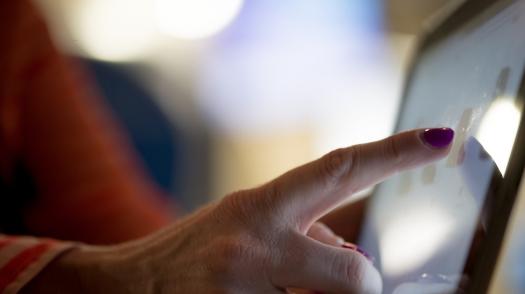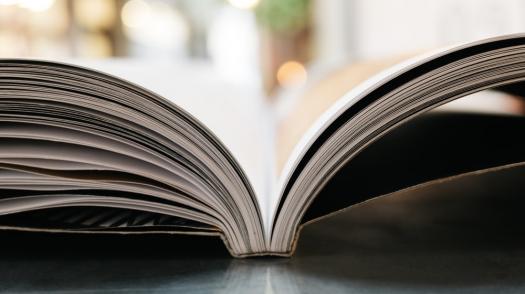This section talks about some of the misunderstandings people may have about acquired brain injury.
The people around a family may have some ideas about acquired brain injury that might not necessarily be the case. Examples and explanations follow:
‘Kids are so young – surely they can bounce back from anything?’
Some may think a child’s fast-growing brain can ‘bounce back’ after being injured. For many years, experts thought a younger brain was more ‘plastic’, and better able to work around the injury. But many researchers now think it isn’t quite so simple.1
The brain may be able to find new ways of doing things2 around the injured part. But this may mean the rest of the brain is having to work that much harder to make up for it.3
It’s also important to remember that an injury in childhood can interrupt the brain before it’s had the chance to pick up some very important skills,4, 5 and that an injury can make it very difficult for children to go on to pick up these skills.6, 7
Another important point is that while a child may appear to have ‘bounced back’ at first, there may be difficulties that aren’t easy to spot8. And some of these might take some time to come to the surface.9
But it is important to remember that nobody can rule out the dramatic improvements many children make. These biological issues about the brain are just part of a very big story.
Researchers believe a child’s environment – which includes their family – has a big role to play in a child’s recovery. Evidence suggests a supportive family environment can make a positive difference.10, 11
‘Would a younger child cope with a brain injury better than an older child?’
Like a lot of questions about acquired brain injury, the answer is, ‘it’s complicated’. The reason for this is that the experts don’t always agree.12
One argument is that younger children aren’t as far along in their development. And their injury has the effect of ‘interrupting’ them while they are still learning. So they don’t have as many skills or as much experience to cope with their injury.13
We also know a brain injury can make picking up new skills difficult.14, 15 So this may make it more difficult for a younger child to learn the skills an older child may already have.16
But this isn’t the only view. Some researchers believe a younger brain is more ‘plastic’ and better able to find new ways of doing things.12
To make things even more complicated, it’s very difficult to work out from just one ‘strand’ of brain injury – such as a child’s age – how that child will be affected. There are lots of other things to consider, like how severe the injury is12, how much rehabilitation there is, and a child’s home environment.11
But there is one thing that many researchers agree on: the importance of a child’s family environment in their recovery.10, 11


